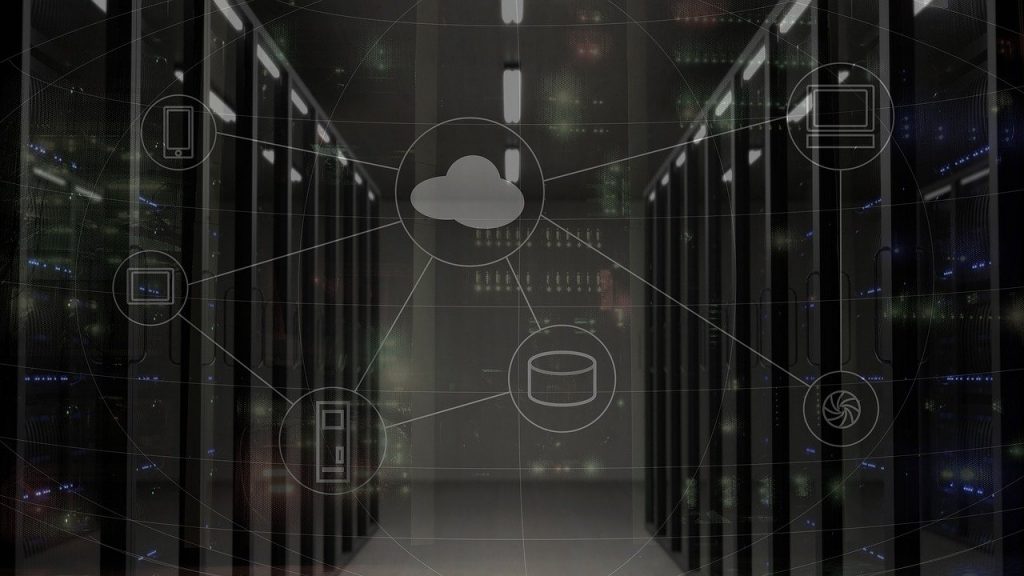When the cloud was first introduced many of us mistakenly assumed it to be nothing more than a website full of servers on which we could upload and download files. After all, there was one website we were to “upload” files to. Later on we learned that it wasn’t so simple; for a start, we were downloading “material” to the cloud and not the Internet.
This was an excellent thing, though, as the cloud offered a great amount of storage space, which meant that more files could be stored on it, therefore less of them were stored on the Internet.
The main difference between the cloud and its traditional predecessors was its usage. Today we have vast storage capabilities, which is good news as it means that if we want to store a certain amount of information, it can be stored. So the storage space itself is not the problem; we just have to find the right software to do the storage.
You can upload the information and have it stored in a particular folder. The downside is that it takes time to get the information from the Internet, to the cloud, and then onto your storage.
The Cloud For Software Developers
Now that we know what the cloud is, what kind of applications can we use it for?
One of the biggest concerns in cloud-computing is data center security which might require cloud security products like those at Radware. With traditional software applications like Word and Excel we have a good security, as we know who has access to what.
Cloud-computing does not have that security in place, meaning that the same information can be seen by a lot more people. This has always been an issue for me when using the cloud, as it does not have the security of the Internet.
You cannot control what a user sees, or how that data is used. There are software applications that you can install to help, such as security packages, but you should know your data and be able to handle it properly. To find the best software applications that support cloud computing, you may want to look into resources like Mirantis to see how they can help with cloud-related requirements for software needs.
Security aside, cloud computing is great for software developers as the maintenance costs are low. That means a lot less expensive hardware, less complicated hardware, as well as maintenance costs being low, especially if you manage your cloud-computing software.
When you take the help of hyperscaling service experts like Linode, you get a lot of advantages too. Besides being able to opt for flexible plans that support dynamic cloud resource allocation, there is a lot of available literature to help with even the most basic commands. Say, you wanted to delete unwanted files, but did not know how, then https://www.linode.com/docs/guides/delete-file-linux-command-line/ would be a good place to start.
As long as there are users on your cloud-computing software, your computer, such as the one hosting your website, needs to be kept up to date and running. Maintenance costs are low with the cloud-computing method.
The Cloud For Cloud Storage
For some users, cloud-storage is a cool, new way of storing files and information. For others it is just another way of storing large amounts of information.
The cloud allows us to store the information, but we still have to go to the cloud to view it. If you upload all your information onto your cloud-computing cloud, it is not used, which is great!
There is also a problem, though. If you have very high storage requirements, you cannot use it as it will become out of space.
When I first looked at cloud-storage I had a very low storage requirement, but I wanted to store my photos. Now I know better, such as the fact that graphic-rich applications like some of the best online casino platforms can now run completely in the cloud.
